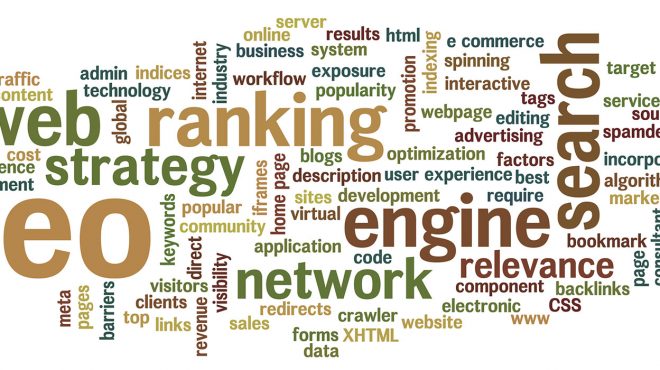May 11, 2016
Google’s new desktop ad layout change sparks concern

B2B | Performance Media | SFBJ
Reprinted from South Florida Business Journal
Two-thirds of the way through the first quarter of the year, with most search engine optimization and marketing (SEO/SEM) budgets set for the next 10 months anyway, Google has changed the layout for paid ads in desktop search results.
If you’ve done a Google search in the last two weeks – and who hasn’t? – you may have noticed the righthand column is blank. If your search has been a “highly commercial search,” such as “hotels in NYC,” you may have noticed four paid Google ads at the top of the page, instead of the usual three before you get to the “organic” (non-paid) results of your search.
For searches related to products, such as product listing ads (PLAs), Google says they will still appear in righthand columns of the desktop searches. Retailers, such as car dealers and footwear companies who display multiple products in an ad to click on to purchase, predominantly place these ads. Knowledge Graphics will still appear on the right when a major company, person or organization with significant online content and presence, such as Apple or Microsoft, is searched for by name.
With this latest change, it is easy to speculate that companies will need to become more aggressive to maintain and increase overall online advertising performance.
Fewer ads mean more competition
SEO/SEM commands half or more of many companies’ digital ad spend, and this change reduces the number of ads on a search results page from 11 potential ads to seven – three or four at the top and then the remaining at the bottom of the first page – showing on a keyword or phrase search. This will make paid search pricing, or the cost-per-click, more competitive and could potentially increase your costs.
Ads positioned at the bottom of the page may command lower click-through rates, so it will be important to monitor quality scores of your click-through and/or conversion rates. Lower click-through and conversion rates can significantly impact the revenue of companies that depend on search traffic to generate leads, and may call for adjustments to the current strategy.
SEO results may suffer
SEO results may suffer with less real estate given to first-page results on “highly commercial” searches, and may be placed even farther “below the fold” when local and other types of results are displayed.
As with most changes that Google initiates, the reason is to “improve the user experience and the relevancy of search results.” And ads generally have more up-to-date information than other online content.
While the impact of this Google change will most likely be minor compared to what many small and medium-size companies experienced from the Google Penguin algorithm change in the first half of 2012, all agree it’s better to be the frog that jumps out of the boiling water than the one that ignorantly simmers to its demise as the water heats up.
Digital analytics a precursor to revenue
Paid and organic results impact traffic and revenue, and, while executives didn’t even understand SEO/SEM terminology early in this decade, they are quickly learning the impact that search-engine marketing can have on the bottom line.
If awareness of this Google change does nothing else but cause companies to pay more attention to digital analytics and adjust to changes sooner than later, this Google concern may be a Google gift.
